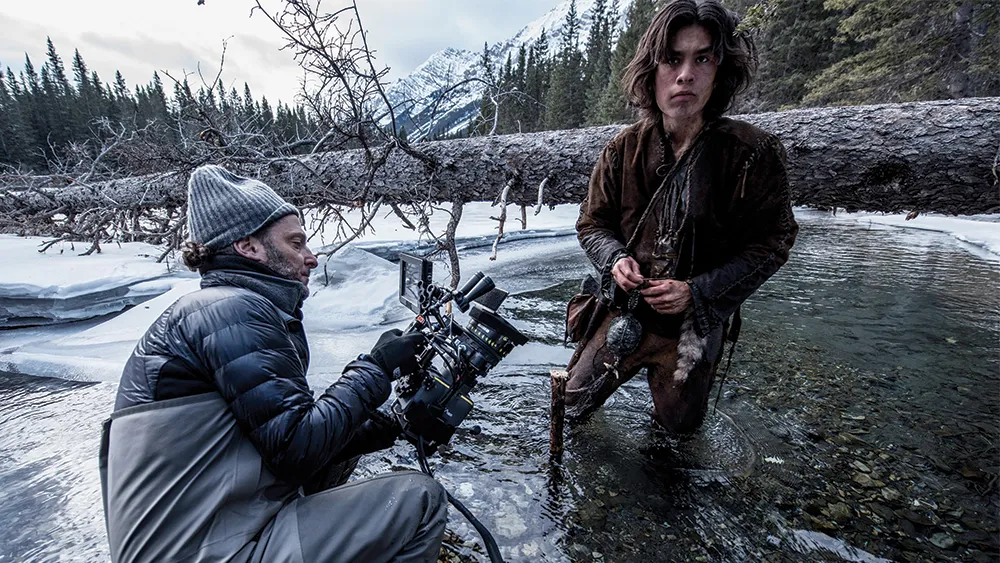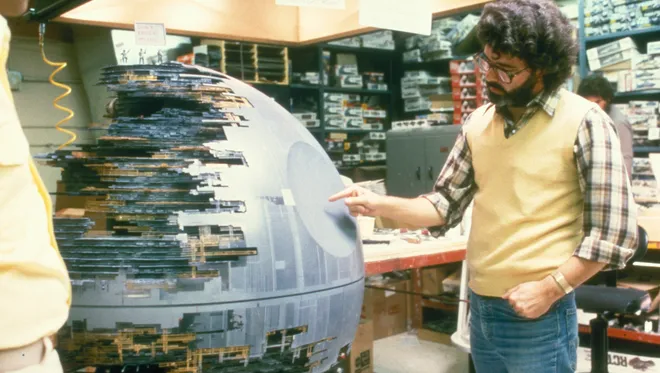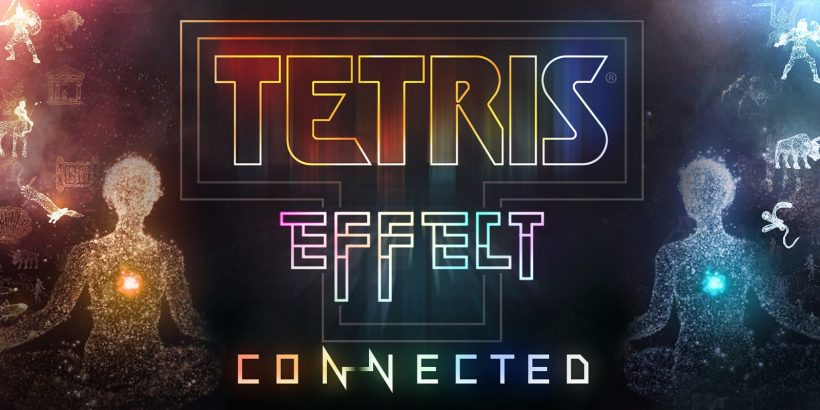Have you ever watched a scene and felt its mood before a single word was spoken? Felt the tension in a dimly lit hallway, the sweeping romance of a sunset vista, or the stark isolation of a single figure against a vast landscape? That’s the silent, powerful language of cinematography at work.
More than just pointing a camera, cinematography is the art and science of motion-picture photography. It’s the craft that shapes what we see on screen, how we see it, and ultimately, how we feel about it. It’s the brushstroke of the filmmaker, turning script into visual poetry. The Director of Photography (DP or Cinematographer) is the visual architect, collaborating closely with the director to translate the film’s vision into images that tell a story without uttering a single line.
This deep dive isn’t about what happens in a movie, but how it’s shown. We’ll pull back the curtain on the subtle yet profound techniques that DPs employ, celebrate the iconic moments they’ve created, and highlight the films where the visuals themselves become unforgettable characters. Get ready to see movies in a whole new light!
The Visual Architect: What is Cinematography?
At its core, cinematography is about visual storytelling. It encompasses everything related to the camera and lighting to create the film’s aesthetic and emotional impact. The Director of Photography (DP) is responsible for:
- Lighting: Shaping mood, emphasizing characters, creating visual depth.
- Camera Choice & Lenses: Dictating visual style, perspective, and field of view.
- Camera Movement: Guiding the audience’s eye, creating rhythm, conveying emotion.
- Composition & Framing: Arranging elements within the frame to draw focus and create meaning.
- Color Palette: Using color schemes to evoke emotion, symbolism, and atmosphere.
These elements combine to form the film’s unique visual language, guiding the audience’s emotional journey and deepening their understanding of the narrative.
The Tools of the Trade: Key Cinematic Techniques
Cinematographers wield a vast arsenal of techniques, each capable of transforming a simple scene:
- Mastering Light & Shadow: Beyond mere illumination, lighting sculpts faces, creates atmosphere (e.g., the stark contrast of film noir, the soft glow of romance), and even hides or reveals crucial plot points. Think of the chilling shadows in a horror film or the angelic glow around a heroic figure.
- Composition & Framing: How elements are arranged within the frame. This includes using the “rule of thirds,” leading lines, foreground/background elements, and negative space to draw attention, create balance, or evoke feelings of isolation or grandeur. A character framed in a doorway can suggest entrapment, while a wide shot makes them feel small in the world.
- Camera Movement:
- Tracking/Dolly Shots: Smooth movement alongside subjects, creating intimacy or tension.
- Steadicam: Fluid, stable shots that can mimic a character’s perspective or float through a scene.
- Crane/Jib Shots: Sweeping vertical movements, often for grand reveals or establishing vast landscapes.
- Handheld: Creates a sense of urgency, realism, or chaos.
- Pans & Tilts: Horizontal or vertical pivots to follow action or reveal information.
- Camera Angles:
- Low Angle: Makes a subject appear powerful or threatening.
- High Angle: Makes a subject appear vulnerable or small.
- Dutch Angle (Canted Angle): Tilts the camera, creating a sense of unease or disorientation.
- Extreme Close-Up: Focuses on a small detail (e.g., an eye, a hand), intensifying emotion or significance.
- Color Palette & Saturation: Beyond just “colorful” or “monochromatic,” DPs meticulously plan a film’s color scheme to reflect mood (e.g., the muted blues of sadness, the vibrant reds of passion or danger) and define its world.
- Lens Choices: Different lenses affect perspective and depth. Wide-angle lenses expand space, often distorting edges, while telephoto lenses compress space, bringing background closer to the foreground and creating shallow depth of field for focus on the subject.
From Early Shadows to Digital Spectacles: The Evolution of the Visual Storyteller
Cinematography has always been at the cutting edge of film innovation, evolving with technology while retaining its artistic core:
- The Black & White Masters: Early cinema, exemplified by Expressionist films like Metropolis or the stark beauty of Citizen Kane, relied entirely on light, shadow, and composition to tell complex stories. Cinematographers were pioneers, inventing techniques that are still used today.
- The Dawn of Color: The introduction of Technicolor in films like The Wizard of Oz brought vibrant new possibilities, allowing color to become a crucial storytelling tool for mood and symbolism.
- Widescreen & Immersion: The mid-20th century saw the rise of widescreen formats like CinemaScope, allowing for grander vistas and more immersive experiences, perfect for epics and sweeping landscapes.
- Breaking the Rules: The “New Hollywood” era in the 1970s brought grittier, more naturalistic lighting and handheld camera work, challenging established conventions and creating a more visceral, immediate feel.
- The Digital Age: Modern digital cameras offer unprecedented flexibility in low light, color grading, and visual effects integration, allowing DPs to push creative boundaries even further, from the seamless long takes of 1917 to the hyper-realistic worlds of Dune.
Visionary Eyes: Iconic Cinematographers and Their Masterworks
These Directors of Photography are artists who have profoundly shaped how we see movies:

- Roger Deakins (ASC, BSC): A modern legend known for his breathtaking landscapes, nuanced lighting, and consistent excellence across diverse genres (Blade Runner 2049, 1917, No Country for Old Men, Sicario). His work is often characterized by its painterly quality and meticulous attention to detail.
- Emmanuel Lubezki (ASC, AMC): Renowned for his groundbreaking long takes and natural light photography that immerses the viewer directly into the scene (Birdman, The Revenant, Gravity, Children of Men). His style feels immediate and visceral.
- Conrad L. Hall (ASC): A master of light and shadow, known for his gritty realism and ability to convey emotional depth through visuals (American Beauty, Road to Perdition, Cool Hand Luke, Butch Cassidy and the Sundance Kid).
- Gordon Willis (ASC): The “Prince of Darkness,” famous for his stark, shadowy, and often minimalist lighting, particularly in iconic crime dramas (The Godfather Trilogy, All the President’s Men, Annie Hall).
- Greig Fraser (ASC, ACS): A contemporary visionary recognized for his bold, evocative lighting and stunning texture, creating distinct worlds (Dune, The Batman, Rogue One: A Star Wars Story).
A Feast for the Eyes: Films Defined by Their Cinematography
These movies aren’t just great stories; they’re visual symphonies where the cinematography is a central character:
- Blade Runner 2049 (2017): Roger Deakins’ Oscar-winning work creates a stunning, desolate, and richly textured dystopian future that feels both alien and eerily familiar. Every frame is a work of art.
- 1917 (2019): A technical marvel, designed to appear as one continuous shot, immersing the viewer in the harrowing real-time journey of two soldiers through a war-torn landscape (also by Roger Deakins).
- The Revenant (2015): Emmanuel Lubezki’s natural light photography captures the brutal beauty of the wilderness, making the audience feel every breath of the frigid environment.
- Gravity (2013): Lubezki again, with extended, fluid camera movements that convey the terrifying isolation and ethereal beauty of space with breathtaking realism.
- Roma (2018): Alfonso Cuarón’s black-and-white masterpiece, shot by the director himself, uses meticulous composition and deep focus to create an intimate, sprawling portrait of a family and a nation.
- Dune (2021): Greig Fraser’s cinematography defines the harsh beauty of Arrakis, with stunning wide shots, moody interiors, and a palette that perfectly captures the film’s scale and tone.
- Birdman or (The Unexpected Virtue of Ignorance) (2014): Lubezki once more, creating the illusion of a single, continuous take, drawing the viewer into the chaotic backstage world of a Broadway play.
- Road to Perdition (2002): Conrad L. Hall’s work on this film is a masterclass in mood and visual storytelling, using rain, shadow, and stark contrasts to evoke a sense of tragedy and solemnity.
Unseen Brilliance: Cinematic Gems You Might Have Missed
Look beyond the blockbusters for these visually stunning films:
- Ida (2013): A Polish film shot in stark black and white with a unique 4:3 aspect ratio, its minimalist yet profound cinematography creates a hauntingly beautiful and deeply contemplative experience.
- The Master (2012): Paul Thomas Anderson and DP Mihai Mălaimare Jr. create a visually rich, textured world, often using shallow depth of field and vibrant colors to convey the characters’ complex inner lives.
- Under the Skin (2013): An unsettling sci-fi film that uses stark, naturalistic cinematography and hidden cameras to create an eerie, voyeuristic perspective on an alien’s experience of humanity.
- Portrait of a Lady on Fire (2019): Claire Mathon’s exquisite cinematography is a character in itself, capturing the longing, passion, and artistic process with painterly precision and breathtaking natural light.
More Than Just Pretty Pictures: Why Cinematography Matters
Great cinematography is more than just “pretty shots.” It’s essential because it:
- Enhances Immersion: It draws us deeper into the film’s world, making us feel present in every scene.
- Conveys Emotion Without Words: A specific angle, a sudden movement, or a change in lighting can communicate fear, joy, isolation, or power more effectively than dialogue.
- Builds Atmosphere & Mood: It sets the tone for the entire film, whether it’s the gritty realism of a crime drama or the dreamlike quality of a fantasy.
- Elevates Storytelling: It guides our attention, foreshadows events, and reveals character, often in ways we don’t consciously perceive.
- Creates Lasting Impressions: Iconic shots and sequences are ingrained in our collective memory, becoming synonymous with the films themselves.
Conclusion: Look Deeper, See More!
From the first flicker of light on a screen, cinematography has been the silent backbone of cinema, transforming stories into unforgettable visual experiences. It’s the meticulous craft that elevates a moving picture to a work of art, inviting us not just to watch, but to truly see.
What’s a movie scene that stands out to you purely for its visual brilliance? Who is your favorite Director of Photography, and why?
Now that you’ve journeyed “behind the lens” to explore the art of cinematography, we’d love to hear your insights! Head over to our to share your personal reviews of films with exceptional visuals, discuss your favourite iconic shots, or celebrate the DPs who’ve moved you with their visual genius!




